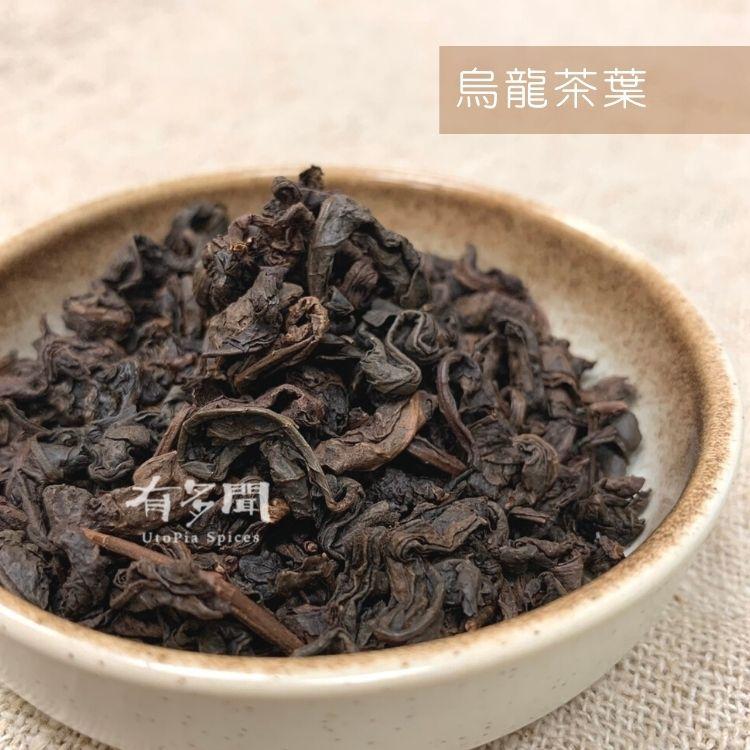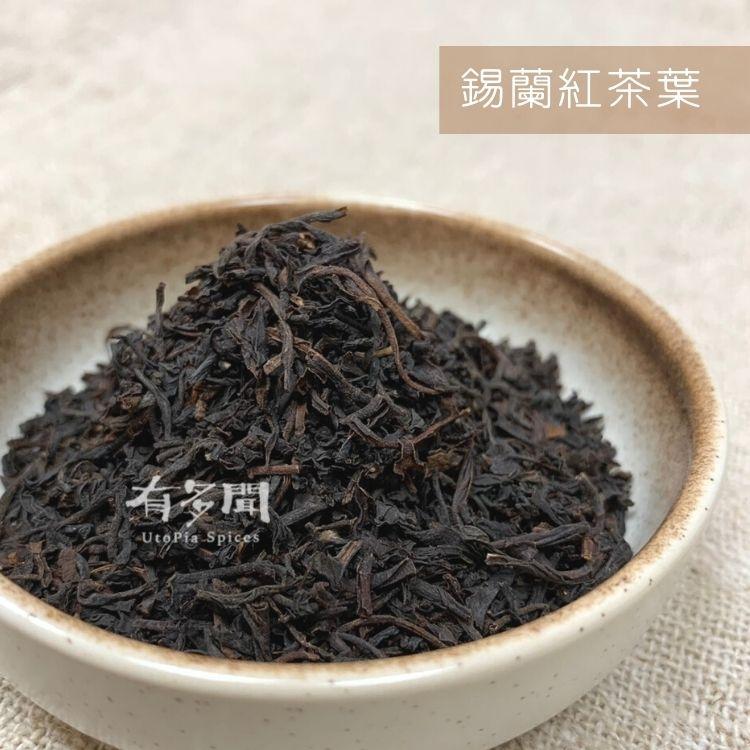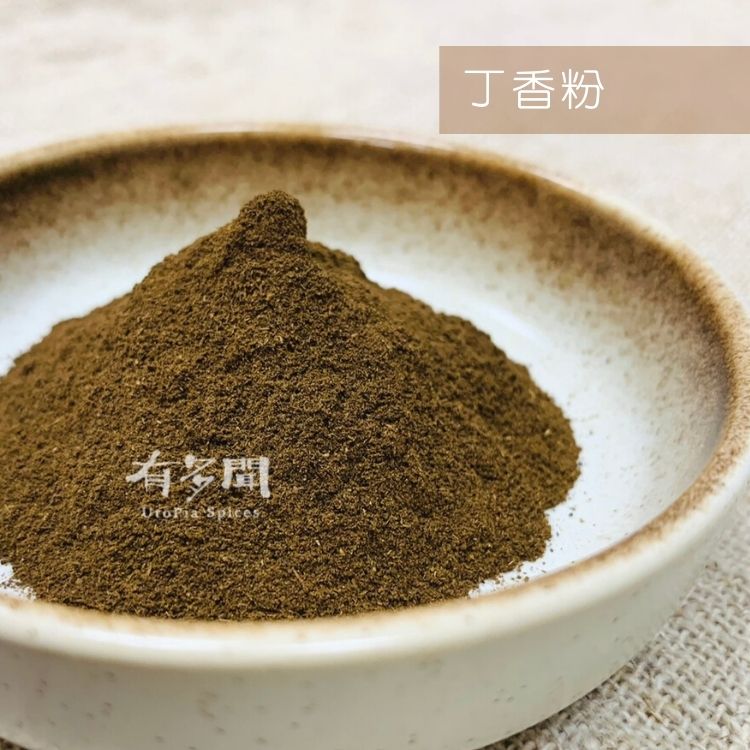
Feature:
Woody aroma mainly comes from the roots of Saussurea, especially Saussurea Costus.
This spice has a long history of use and has a place in cooking.
Taste and smell:
The flavor is quite unique, earthy, woody, and slightly bitter.
Has a soft woody and slightly sweet scent.
Origin:
China
Cooking dishes:
Common in traditional Chinese and Indian cuisine, especially in stews and soups.
Because it has a certain bitter taste, it is usually used with other spices or sweeteners to balance the taste.
**Cody is a versatile but relatively rare spice. Due to its unique flavor and aroma, it adds depth and complexity to a variety of dishes. However, since the flavor is quite strong, only a small amount is usually needed.








